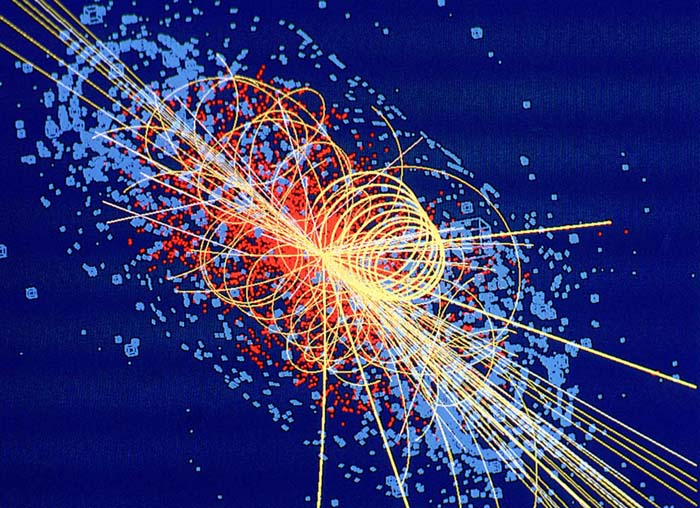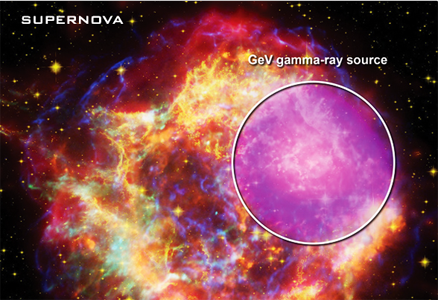The special theory of relativity is valid only for inertial systems i.e. Systems moving with constant relative velocity. According to the first postulate of special relativity “the laws of physics may be expressed in equations having the same form in all frames of reference moving at constant velocity with respect to one another”. The corresponding postulate of general relativity states that “the laws of physics may be expressed in equations having the same form in all frames of reference, regardless of their states of motion”. Thus the general theory covers accelerated as well as uniform motion. Hence it is able to describe gravitational phenomena.
The second postulate of general relativity states that there is no way for an observer in a closed laboratory to distinguish between the effects produced by a gravitational field and those produced by an acceleration of the laboratory. This postulate is known as the principle of equivalence. This postulate follows from the experimental observation that the inertial mass of a body is always exactly equal to its gravitational mass.
Einstein generalized the principle of equivalence and proposed that the physical laws have similar mathematical forms not only in inertial systems but in accelerated system also. According to him the idea of action at a distance of exploration of gravitation is false and by selecting a suitable coordinate system, the effect of gravitation can be eliminated. In this system the inertial mass of body is equal to its gravitational mass. To explain these ideas, let us consider the weight of a body in a lift. If the lift goes upwards with an acceleration a, the weight of the body is . If the lift goes down with acceleration a, the weight of the body is
. If the lift goes down with acceleration g, the weight of the body will be zero. Hence the gravitational effect on the body depends on the state of the lift.
Einstein theory of gravitation have given some prediction and the three main successes are given below:
- Effect of gravitational field on a ray of light: Inertial mass
so that light ought to be subject to gravitational forces. For example, light rays that pass near the sun ought to be deflected towards it, just as the paths of the planets are deflected by the sun’s gravitational field. This deflection is known as “Einstein effect“. This effect can be detected at the time of total solar eclipse.
- The general theory predicts that the path of a planet about the sun will not be precisely an ellipse. The orbit will slowly rotate in the plane of its motion, so that the axes turn in space in the same sense as the planet’s rotation. For the planets in our solar system, this effect should be just sufficiently great to be observed in the case of Mercury, which passes closest to the sun. The point of the orbit at which the planet is nearest to the sun is called the ‘perihelion’. The perihelion itself is found to be very slowly rotating around the sun. This effect is called the ‘advance of the perihelion’ of Mercury. Observed and predicted values of this rotation of the planet’s orbit
agree to within the accuracy of astronomical measurement.
- The third prediction of general relativity is that a stationary clock runs more slowly in a strong gravitational field than in a weak one. Suppose a clock has an interval of t between ticks when it is infinitely far from all matter. When the clock is at a distance R from a mass M, then it will have an interval of
between ticks. An atom emitting light of a definite frequency is equivalent to a clock (atomic clock). The third prediction means that the light emitted by an atom on a star must be of frequency lower than that emitted by the same atom on earth (since the gravitational field of star is much more stronger than that of earth). In other words, the light from the star must be shifted towards the red end of the spectrum (apart from any Doppler’s shift). This effect is called the “gravitational red shift”. The gravitational red shift has been actually observed in the spectral lines of certain stars called ‘white dwarfs’ and also in a laboratory experiment involving “Mossbauer effect” and has verified the prediction.






